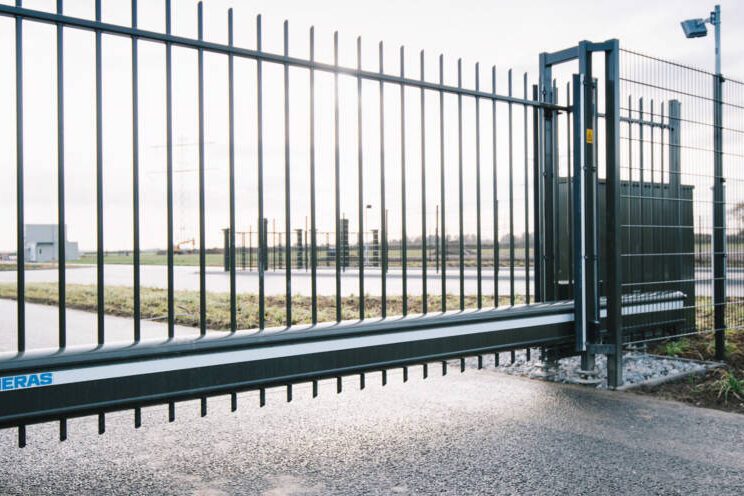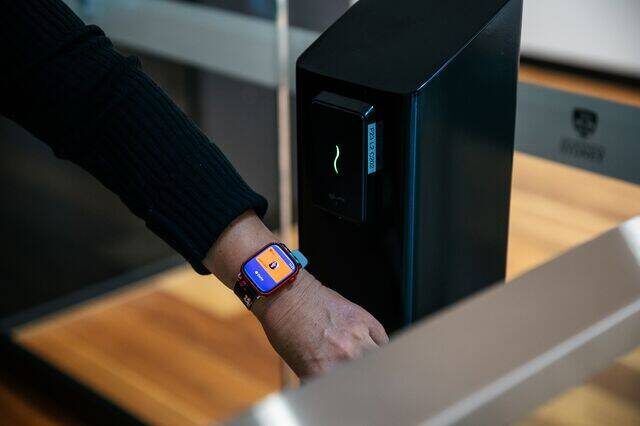Digital policing is being considered preferable according to NICE Public Safety, which reports a rise in rural crime. Rural Crime is defined as ‘any crime affecting those living, working or visiting rural areas of the UK’. It covers a wide range of criminal activity including theft of machinery, diesel and pesticides. Here Jamie Wilson, Marketing Manager, NICE Public Safety, EMEA provides analysis for Security News Desk…
If there’s a tendency to think rural areas experience lower levels of crime than urban ones, research suggest that’s not the case. There’s little evidence that points to the fact that real crime figures in rural areas are indeed lower than in urban areas, and yet rural areas are constantly underfunded when it comes to policing. Moreover, because of geographic factors, investigating and preventing crimes in rural areas requires greater resources than it would have, for the same crime, in an urban one. Facing the challenges posed by the landscape, underfunding and digitalisation of crimes, digital policing is emerging as part of the solution, but it also has its limits. In fact, the overwhelming amount of data we now have access to can in itself pose a threat to digital policing.
The reality of rural policing
The Rural Crime Report 2017 suggests that rural crime in the UK is a rising trend. Studies undertaken have revealed the disparity in funding between rural policing and the more significant metropolitan forces. As an example, figures show that the Government provides areas such as Devon with £104 per head of population while the Metropolitan Police get £226. Let’s not deny that metropolitan areas face significant policing challenges, but it seems as though, this current funding ignores the challenges also faced by police forces in urban areas. Such inequality is built into the very funding formula that not only takes into account the tourist influx but also doesn’t recognise rurality thus favouring metropolitan areas overall. However odd this way of thinking may be, the formula is programmed to think that being rural means you have less crime and therefore require fewer resources to police it.
The digitalisation of rural crimes and crime solving
The College of Policing has produced a report that shows traditional crime accounts for a relatively small proportion of police work. Indeed paperwork, red tape and most of all evidence gathering and sorting, has become an increasing part of the day-to-day lives of police officers. The scales have become unbalanced – police efforts to tackle theft and other acquisitive crime are paying off, but with the rise in digital, crimes such as cybercrime, child sexual exploitation, domestic and sexual abuse and modern slavery, are now increasing. Such crimes require an increasing load of digital evidence to be investigated, but it also needs to be audited, archived, and possibly shared with other forces.
Non-criminal issues such as mental health and missing persons are increasing the burden as well as the masses of digital evidence processed by police forces. The crime mix is skewed towards offences that require the managing of huge amounts of data, from internet history to fingerprints. Rates for these crimes are relatively high and require a strong digital capacity, one that is often costly.
And when it comes to dealing with the ‘everyday’ internal multimedia evidence gathering and management (radio, telephony, BWV, crime pics etc) there are always challenges, but when it comes to external evidence such as CCTV there can be additional issues if you are rural. Currently, most of the urban policing forces I work with, gather CCTV footage manually, driving from one CCTV control room to another. Which, in itself, is hugely inefficient. In a rural area, such as Cornwall, this is complicated further by the challenges posed by the longer distances that need to be travelled and the insufficient (sometimes single track) road network. Police officers then become long distant couriers and the speed of evidence gathering slows to the speed behind a police car stuck behind a tractor!
Crime, and the way of managing investigations, is changing, and rural police forces should respond or at least be in the position to gain better access to a wealth of evidence as easily as their urban counterparts. Crimes are digitalising in urban areas and rural ones alike. However, in comparison, it’s the rural police forces that face underfunding and geographical constraints. Action is necessary in order to help effectively meet the challenges and consequences of digitalising crimes.
One single solution to both problems
With the growing trend of digitalisation, digital policing is fast becoming part of the solution. In fact, more and more urban areas are slowly moving to digital policing. One example is Yorkshire forces, who have been communicating with residents over Twitter, but despite this approach, there’s still a need for better technology to help with the collection of evidence. West Midlands Police uses an internal portal that allows people can share information without travelling to a station, while Durham uses surveillance software to collect social media information on suspects, updating case files automatically to allow police to prioritise other tasks. In both cases, police forces end up with more significant data quantities to manage.
In rural areas, where the police station can be half an hour’s drive or more, providing officers with the technology to collect, share and prioritise information without returning to stations would be hugely beneficial. (Wouldn’t be amazing if CCTV useful for a case could just be sent I over the internet?)
Police forces in rural areas are beginning to migrate to a more digital evidence approach to crime solving. Police forces I discuss this with often point out that this is also creating large amounts of data that needs to be managed and joined up. This immense quantity of data is moreover emerging in underfunded areas, where the manual gathering of this evidence is a long process. So we have more data, which is harder to get, and smaller budgets to manage the overall process.
Too much data a block to effective digital policing?
The police face a deluge of internal and external digital evidence from a growing network of unconnected sources, and this is only just the beginning. With the challenge of digital policing faced in rural areas, forces need to consider their processes as much as the software solutions to effectively manage this mass of digital evidence and the unique challenges they face.
Let’s take for example our rural police force car stuck behind a tractor attempting to get some CCTV footage in relation to an incident. Now wouldn’t it be easier if that footage could just be emailed in to the station after a request? The software and processes already exist to do this, it’s really now time for Forces to embrace it.









